Eight
THE PEOPLE
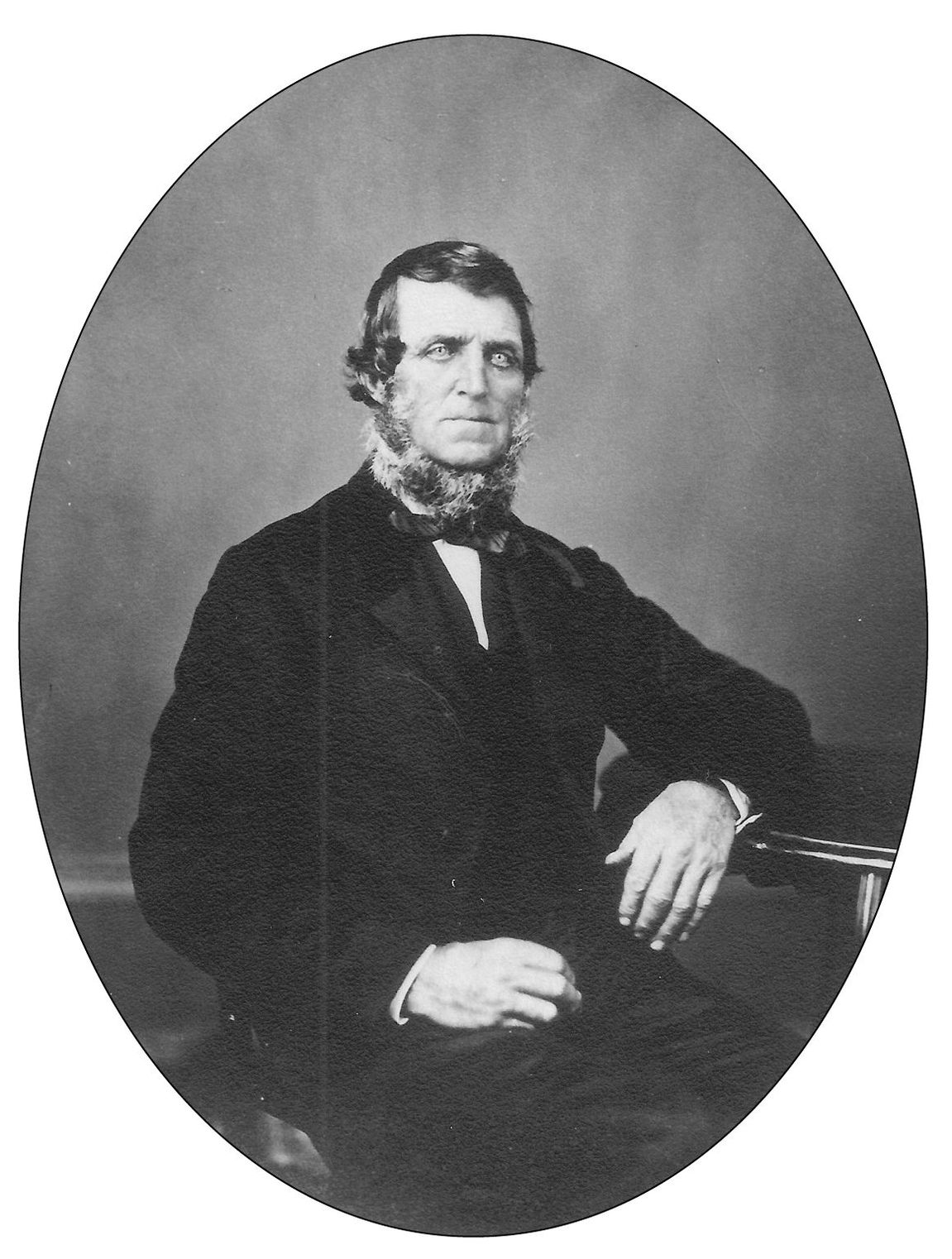
As one of Rockport Township’s earliest settlers in 1830, John Place Spencer acquired so much land that his six children each had significant land of their own to develop. Th Spencer name comes up ma times in early Rockport history as John Place and Electa Miriam Spencer’s children grew up and started their own families, some in noted century homes. (Fairview Park Historical Society.)
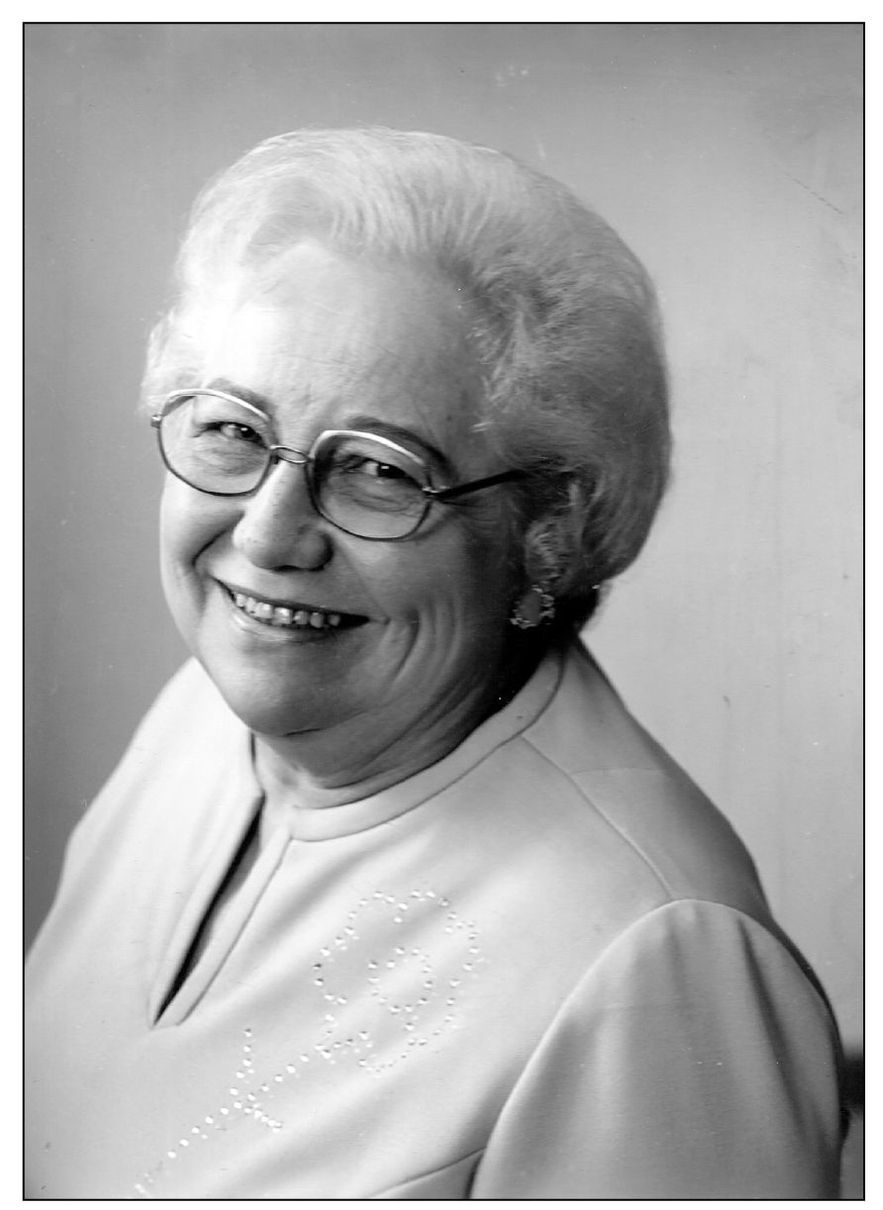
Margaret (Marge) Schaefer was valedictorian for the first graduating class from Fairview High School in 1931. Schaefer had perfect attendance throughout all 12 years. She also wrote the words to the school’s alma mater. Schaefer married William Goebelt in 1936, and after retirement in the early 1970s, she wrote the book Fairview Park in Historical Review. (Fairview Park Historical Society.)
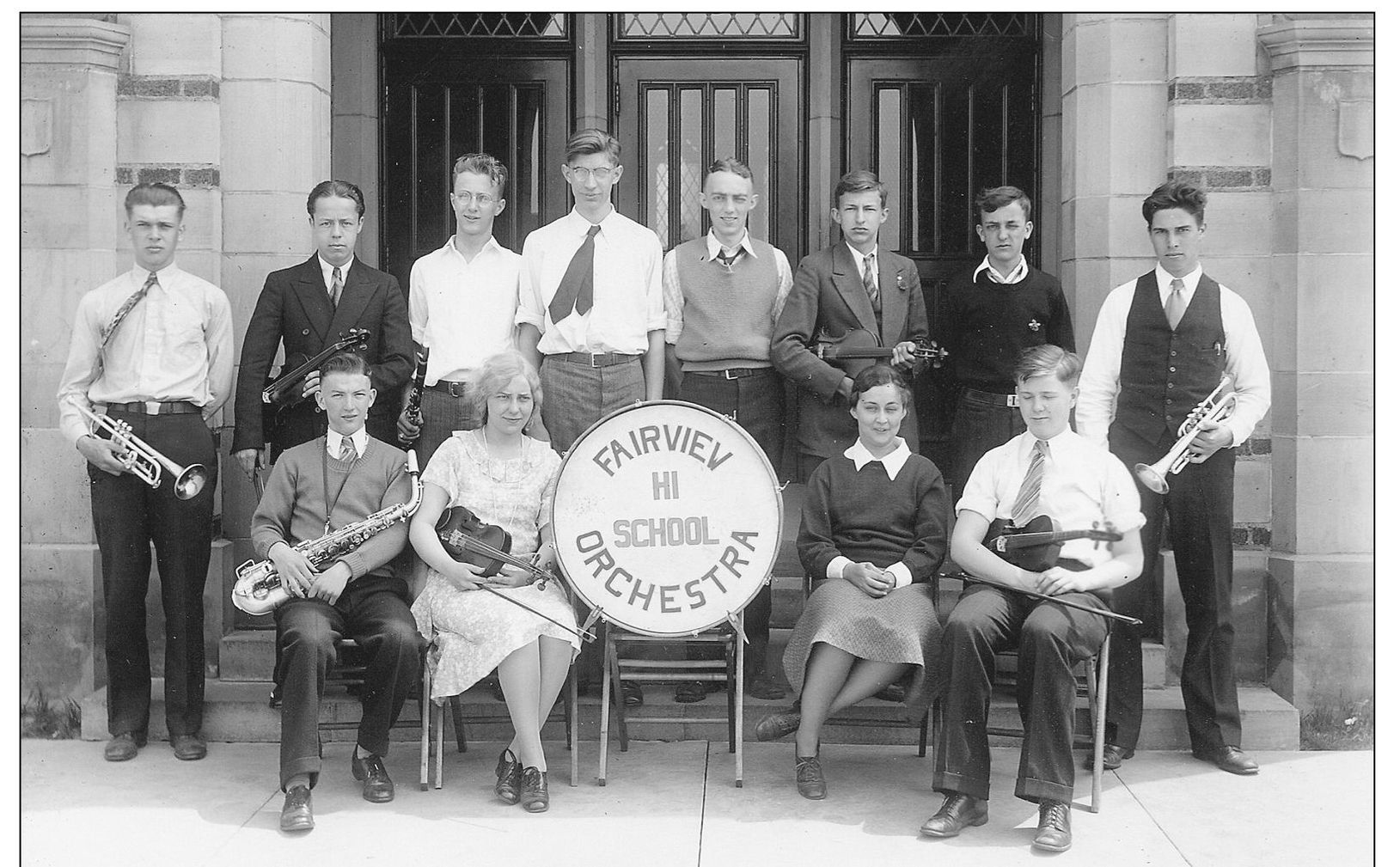
Just like the countless group pictures shot against the same side of Garnett School, the main entrance of the high school became a striking, if overused, background for all the high school photographs. In her senior year, 1931, Schaefer is seated second from the left holding the violin. (Fairview Park Historical Society.)
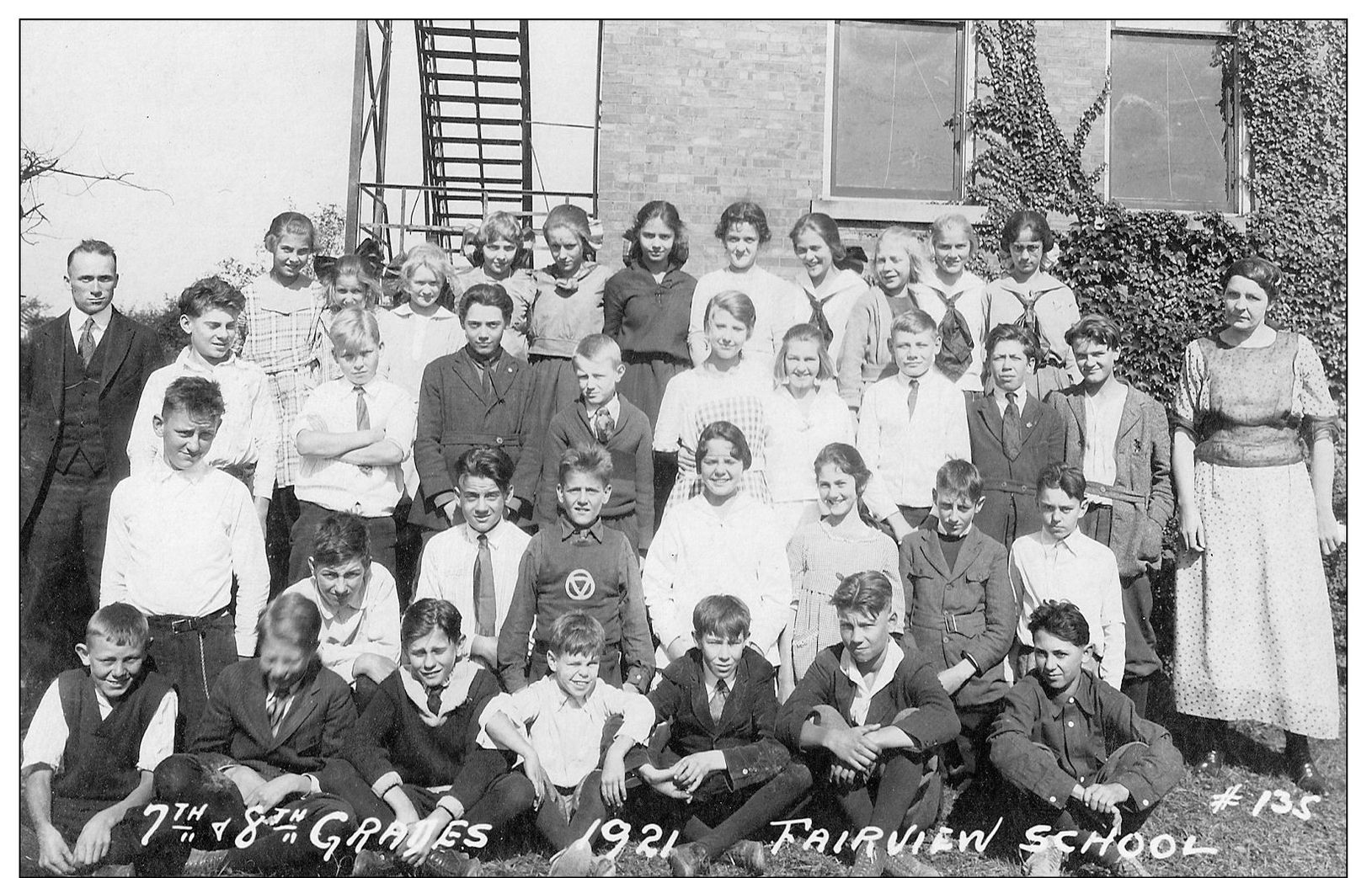
Schaefer is among the seventh and eighth graders of 1921, pictured third from the right in the fourth row. The two teachers are Lewis F. Mayer, who served for 43 years as the Fairview school superintendent, and Anna Baker. (Fairview Park Historical Society.)
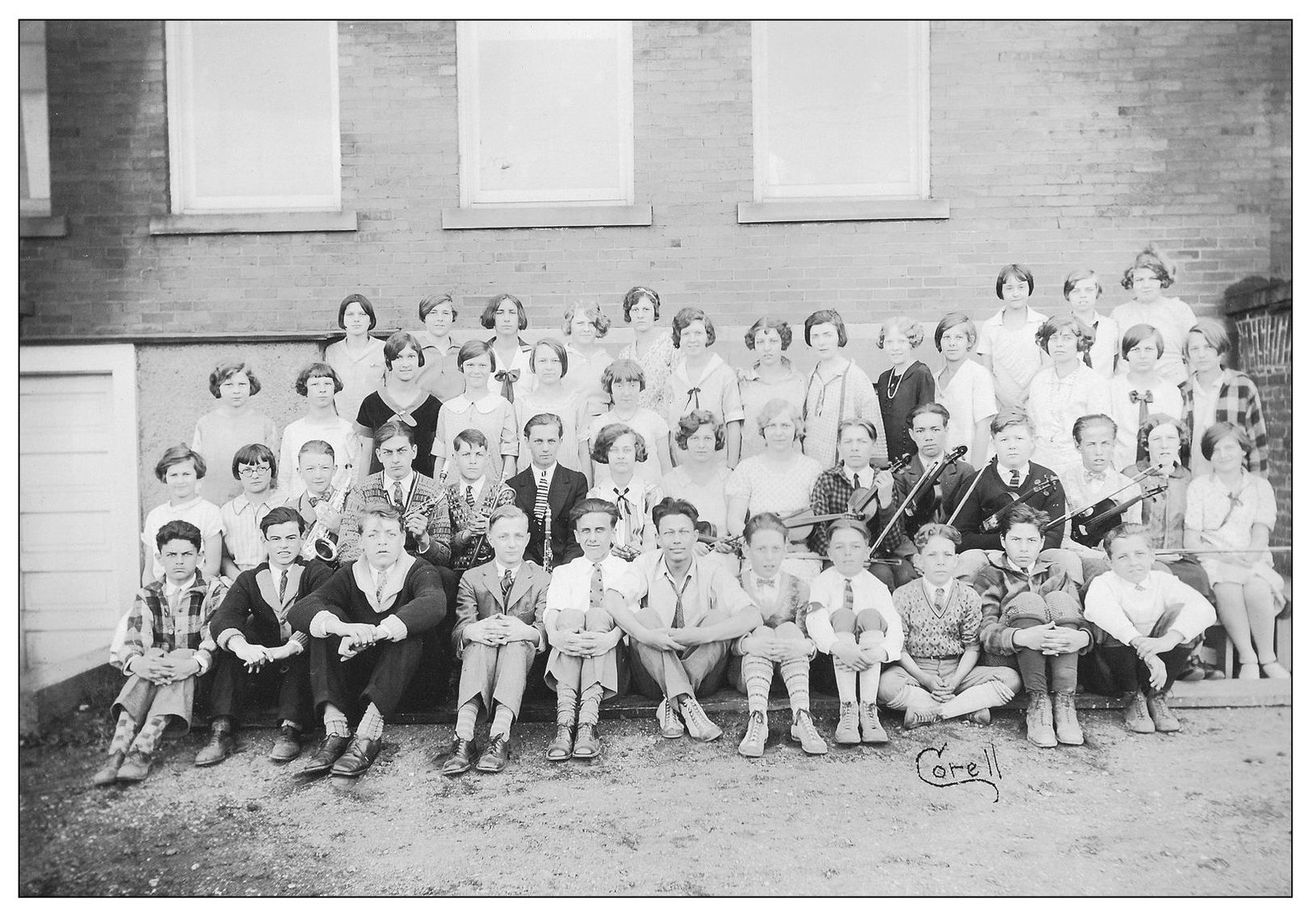
Pictured seventh from the right in the second row is Schaefer in the 1928 Glee Club. (Fairview Park Historical Society.)
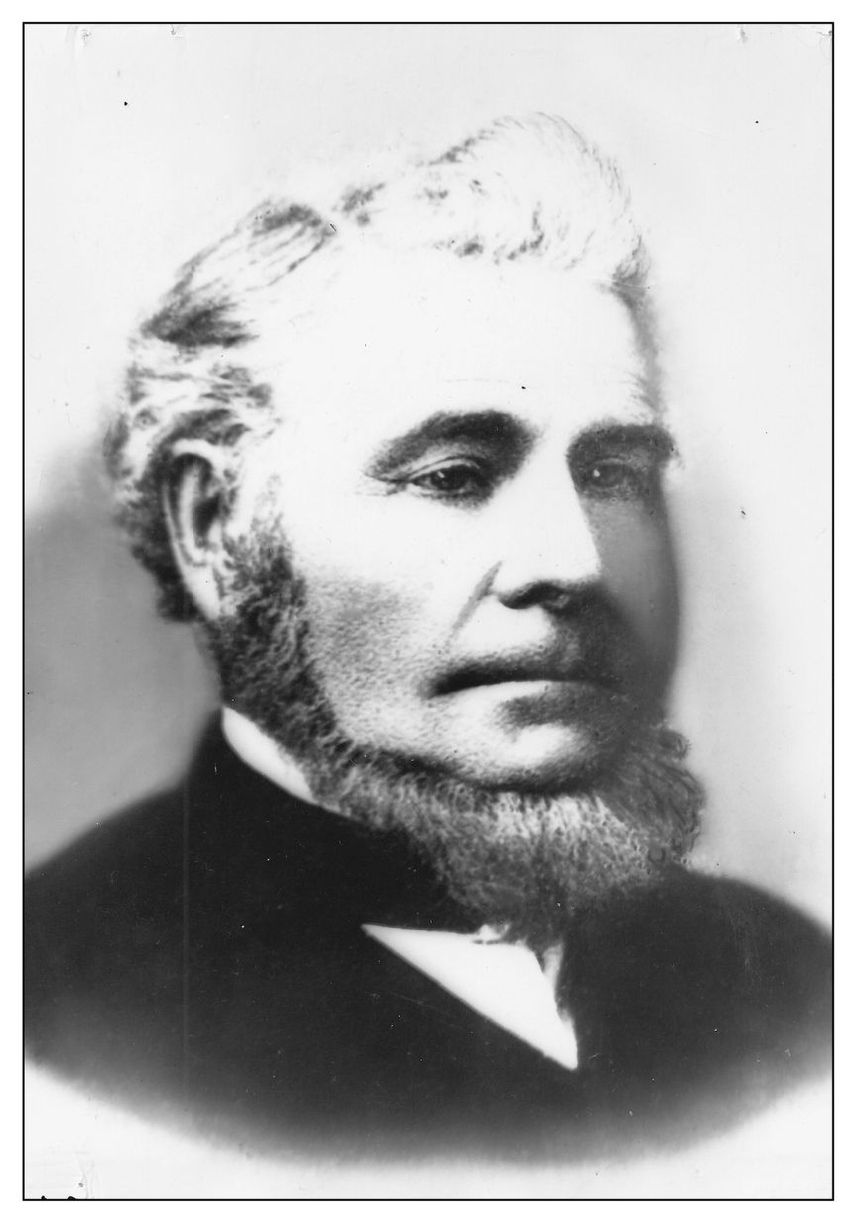
Around 1817, brothers Benjamin and Asahel Mastick came from Massachusetts. No photographs of Asahel seem to be available, but Caroline, shown below, was his wife. The Mastick brothers split 320 acres between them. Benjamin and his first wife, Eliza, settled in the valley just west of the river with Asahel and Caroline on the other side of the river on what is now Puritas Road. They gradually replaced forest with grain fields, which many years later became a golf course. The trees they cleared were fed through the sawmill they built, making lumber for the plank roads. Before there was a bridge, they ferried people across the river. The bridge there now is where Mastick Road changes to Puritas Road. (Fairview Park Historical Society.)
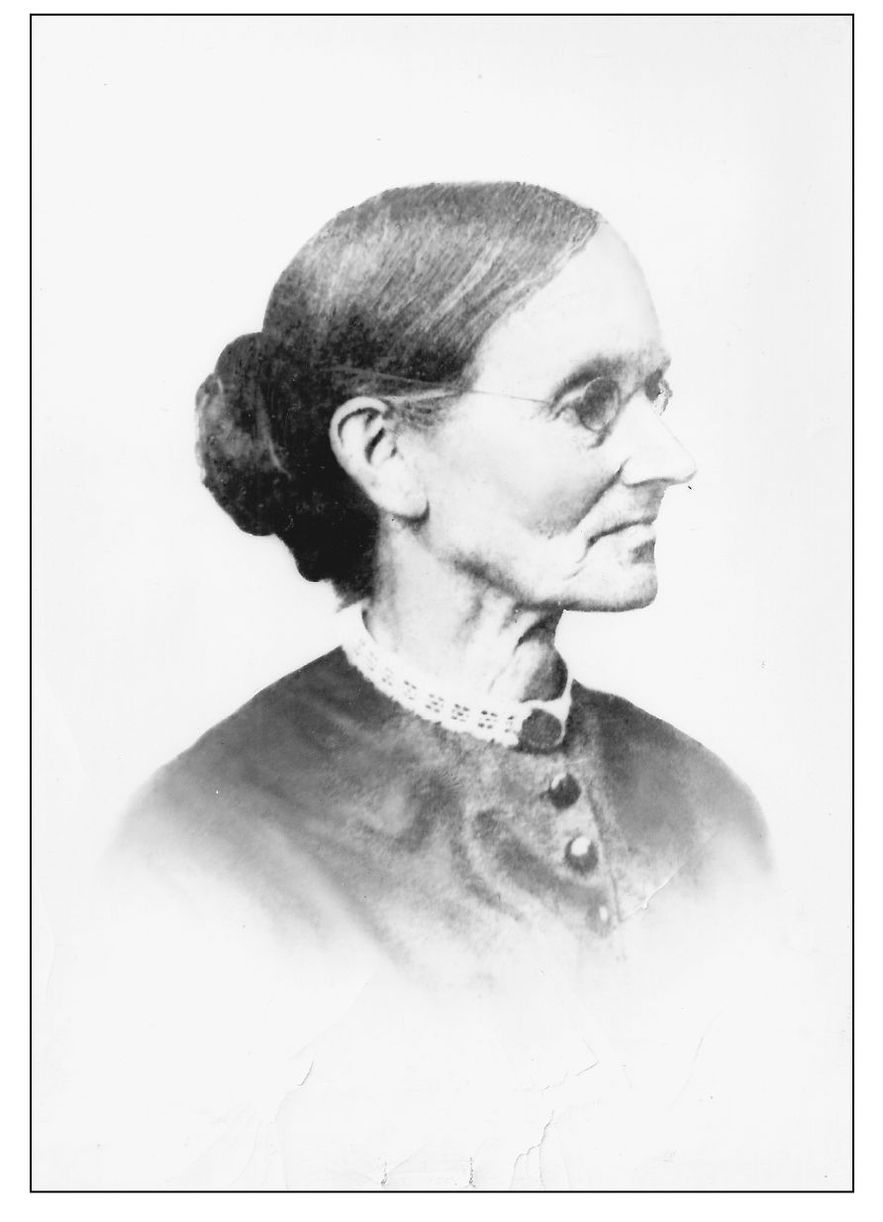
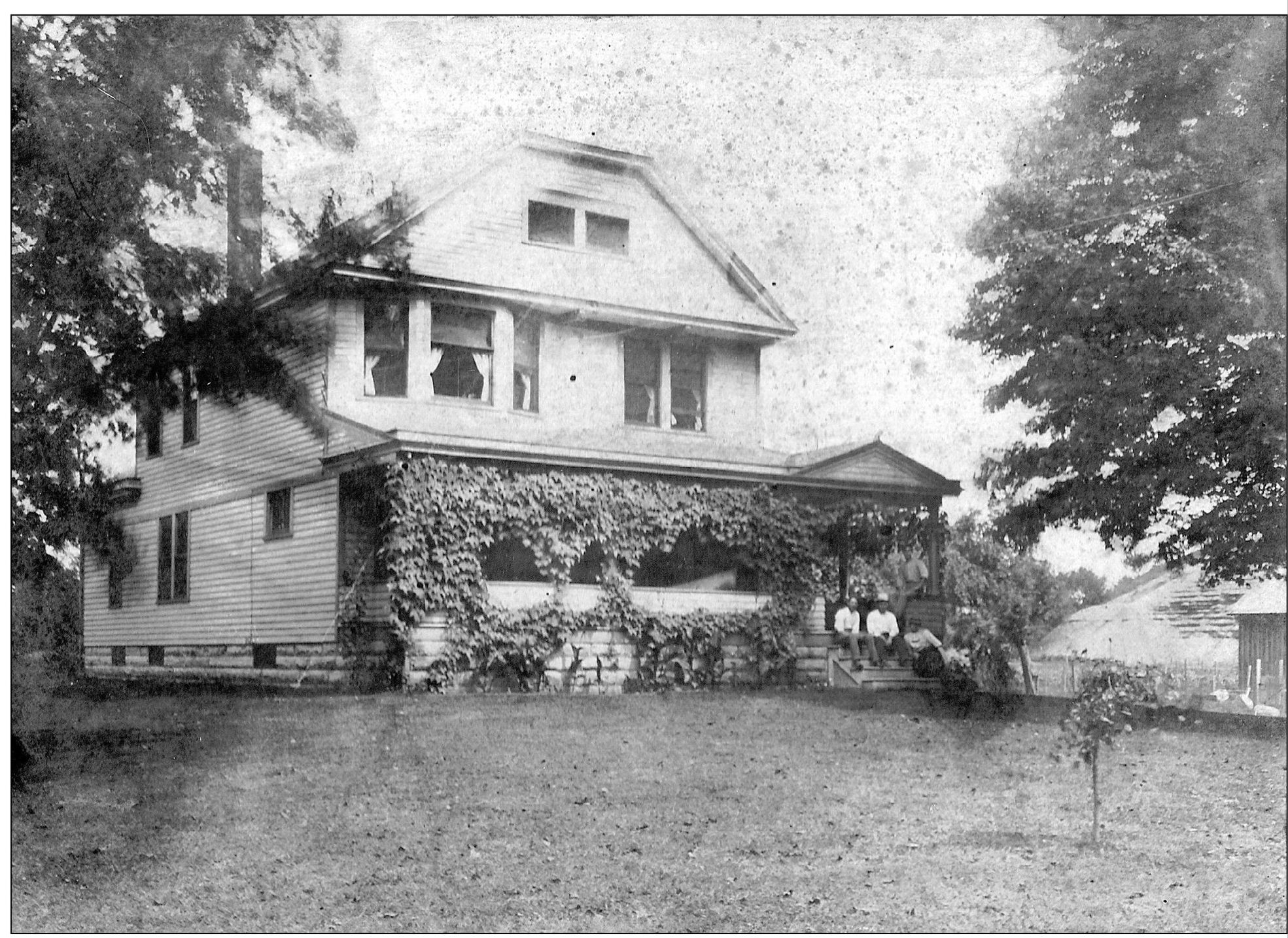
Asahel and Caroline’s son Edwin built this 14-room house in 1899 on the land his parents owned, now the Mastick Woods golf course. It had no electric lighting. Heat and lighting were fueled by the natural gas wells on the property. Although Cleveland Metroparks bought all the property when it was established in the early 1920s, Edwin’s son (who died in 1960) and daughter (who died in 1954) were allowed to occupy the house as long as they lived. A few times, they were trapped in the house by the overflowing river. (Fairview Park Historical Society.)
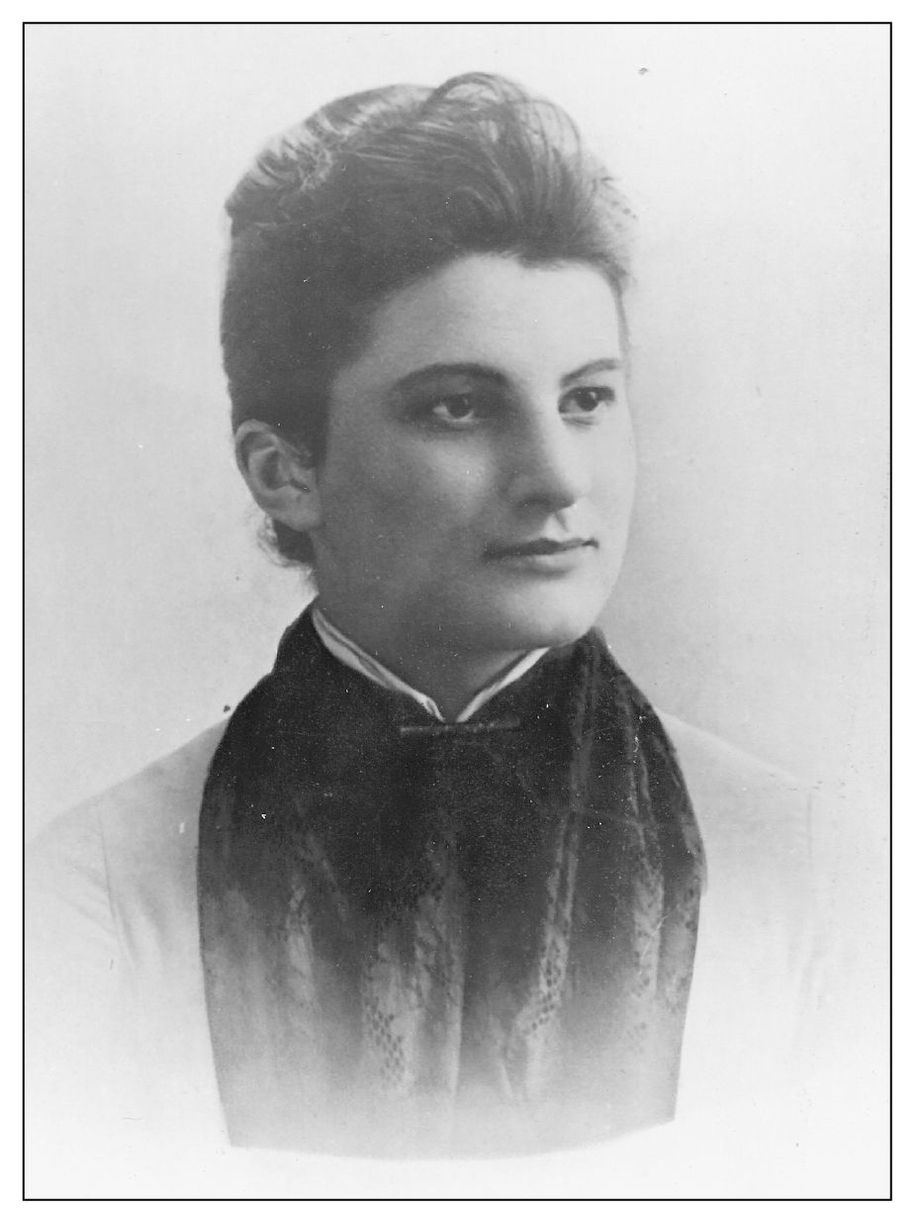
Katherine (Katie) Kaiser came to the Rockport area with her family in 1901. She inspired many people with her volunteer leadership, starting the parent-teacher association as well as the Tonsil Clinic. While the State Street School was being rebuilt, she allowed one of her bedrooms to be used as a classroom for the first four grades. Her death in 1929 brought flags to half-mast and was the biggest funeral Fairview Village had ever seen. (Fairview Park Historical Society.)
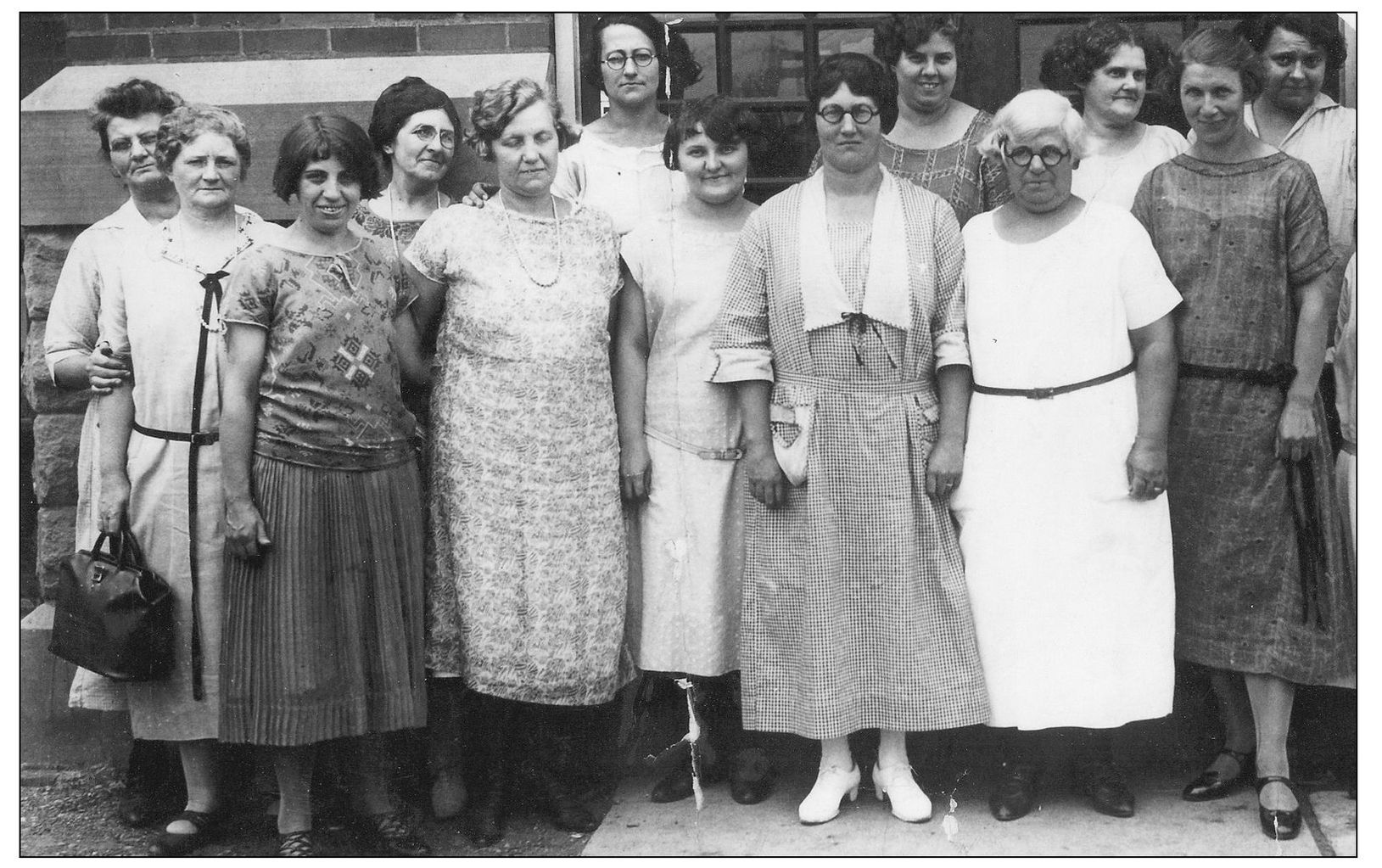
For a few years in the 1920s, a number of local ladies volunteered for the Tonsil or Well-Baby Clinic at Garnett School. The doctors also volunteered their services or worked at reduced rates. Tonsils were examined and children could even be kept there overnight if surgery was necessary. (Fairview Park Historical Society.)
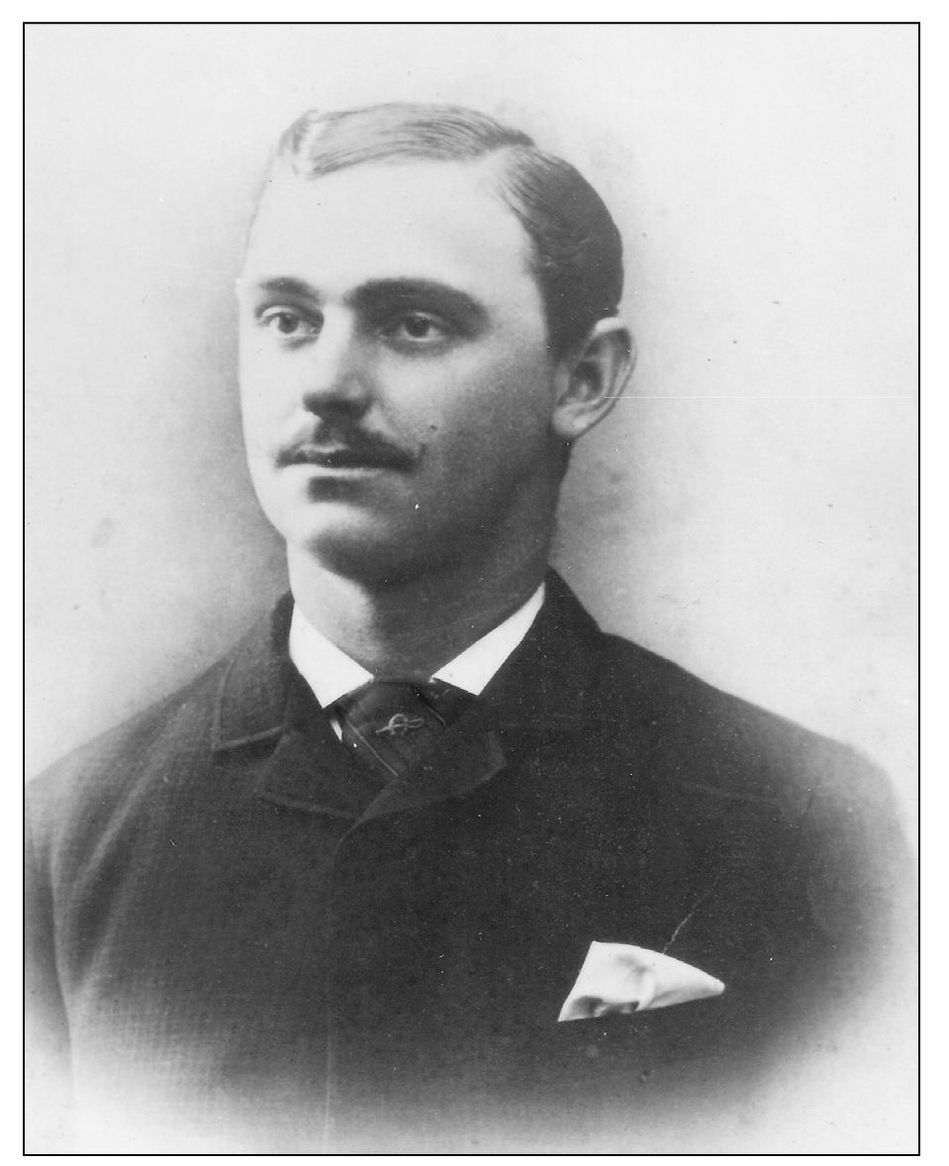
John Kaiser, husband of Katherine, was a successful farmer in the early 1900s and was known for, among other things, making sauerkraut. His land was located at the point where West 210th Street, at the time called Wagar Road, used to dead end at Lorain Road. The eventual extension south of Wagar Road gobbled up a big chunk of his land and ruined his irrigation system, but his wife apparently convinced him to willingly donate the land. (Fairview Park Historical Society.)
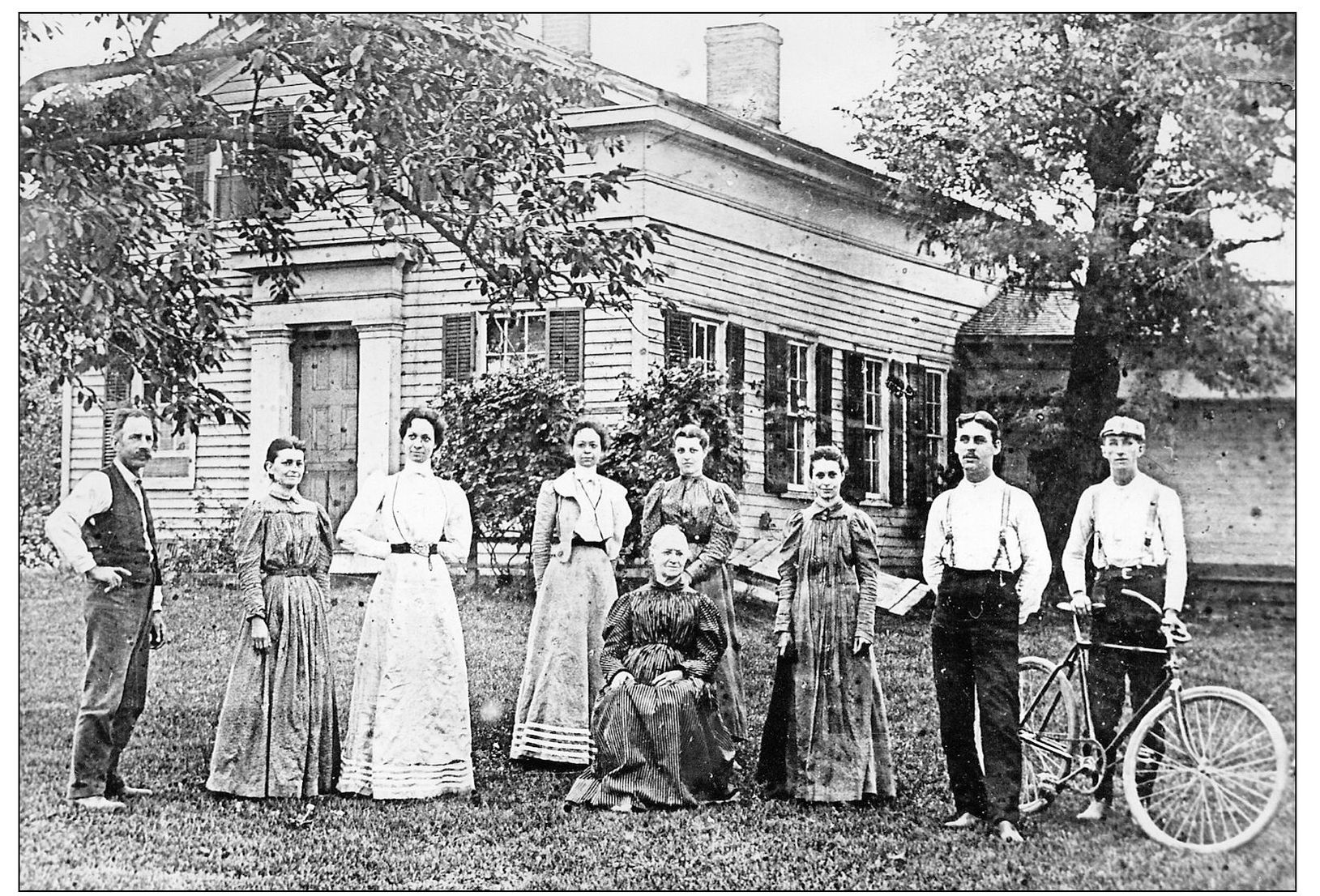
The Lewis family gathers at the northwest corner of West 196th Street and Lorain Road. The house, built in 1847, stood for over 100 years but was replaced by condominiums in the 1960s. (Fairview Park Historical Society.)
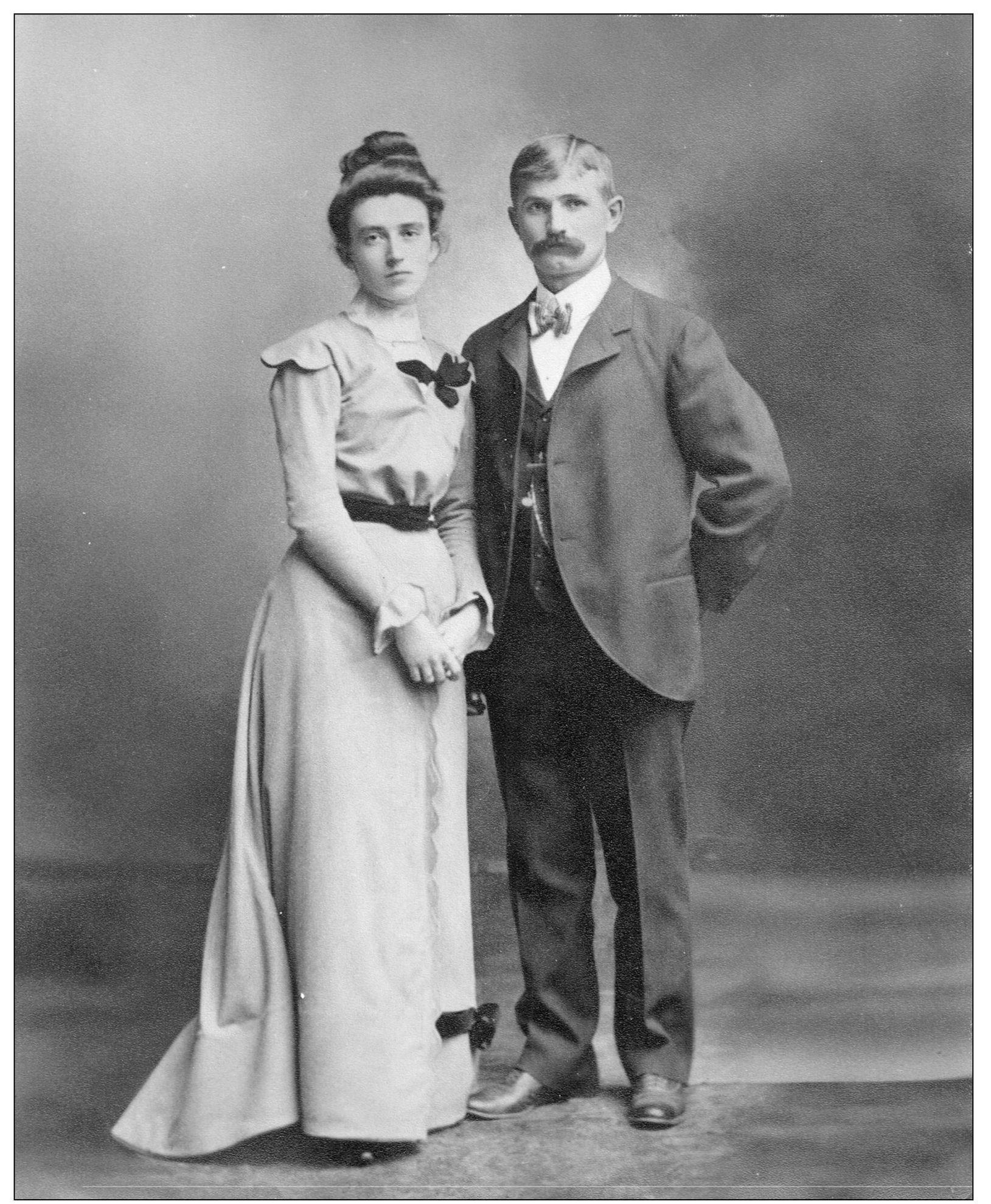
The Biermacher romance sounds like a classic, charming story of life in the country. Jacob Biermacher started working on the Curran farm in 1899 in what was then Parkview Village. It just so happened that Stella Brown was boarding with the Curran family that same year, as local teachers tended to do. One thing lead to another, and Jacob and Stella got married. (Fairview Park Historical Society.)
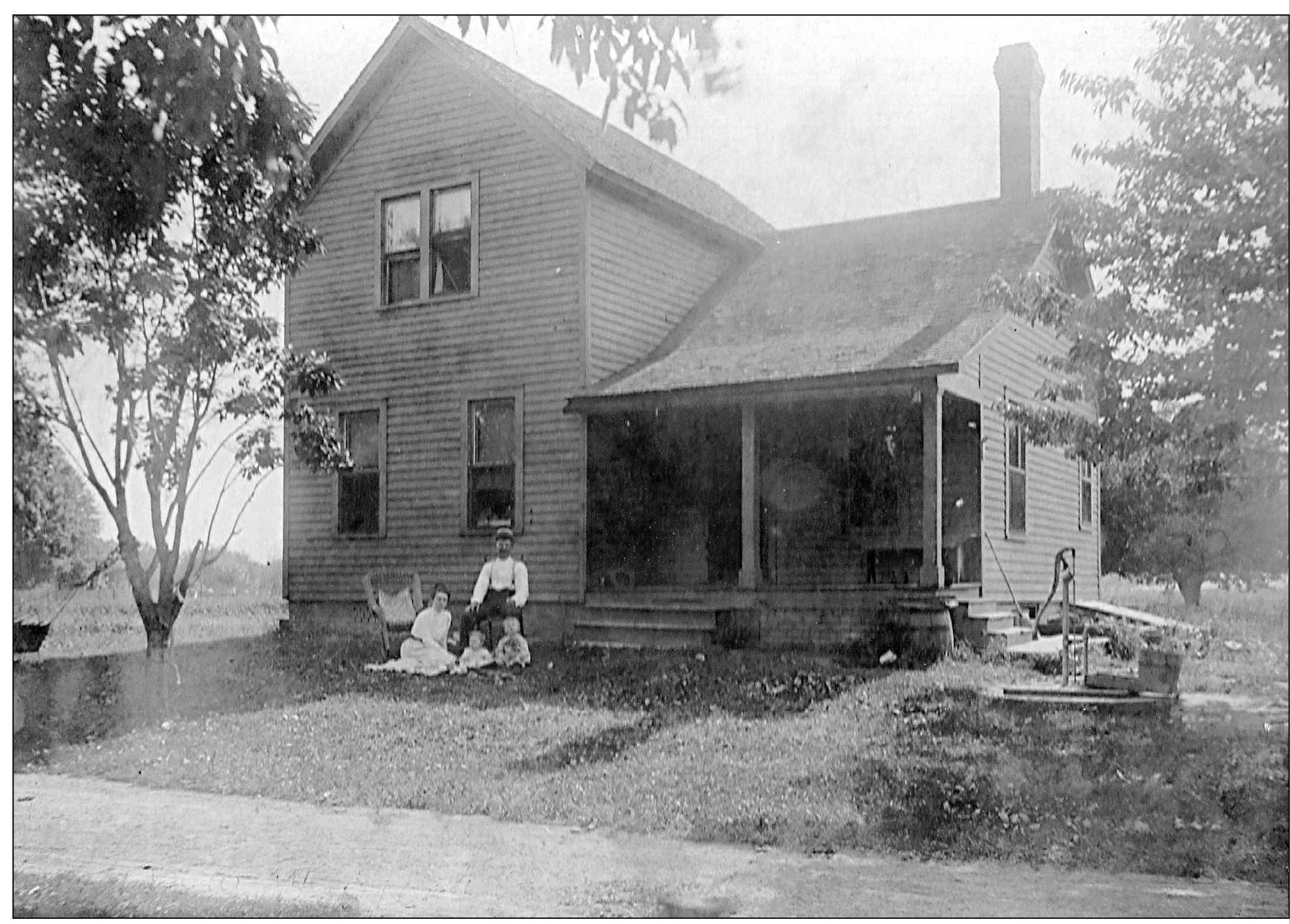
The Biermachers built this home at 21004 Mastick Road, which for a long time was one of the only houses in the area. Their children Gertrude and Ted are also in this photograph. (Fairview Park Historical Society.)
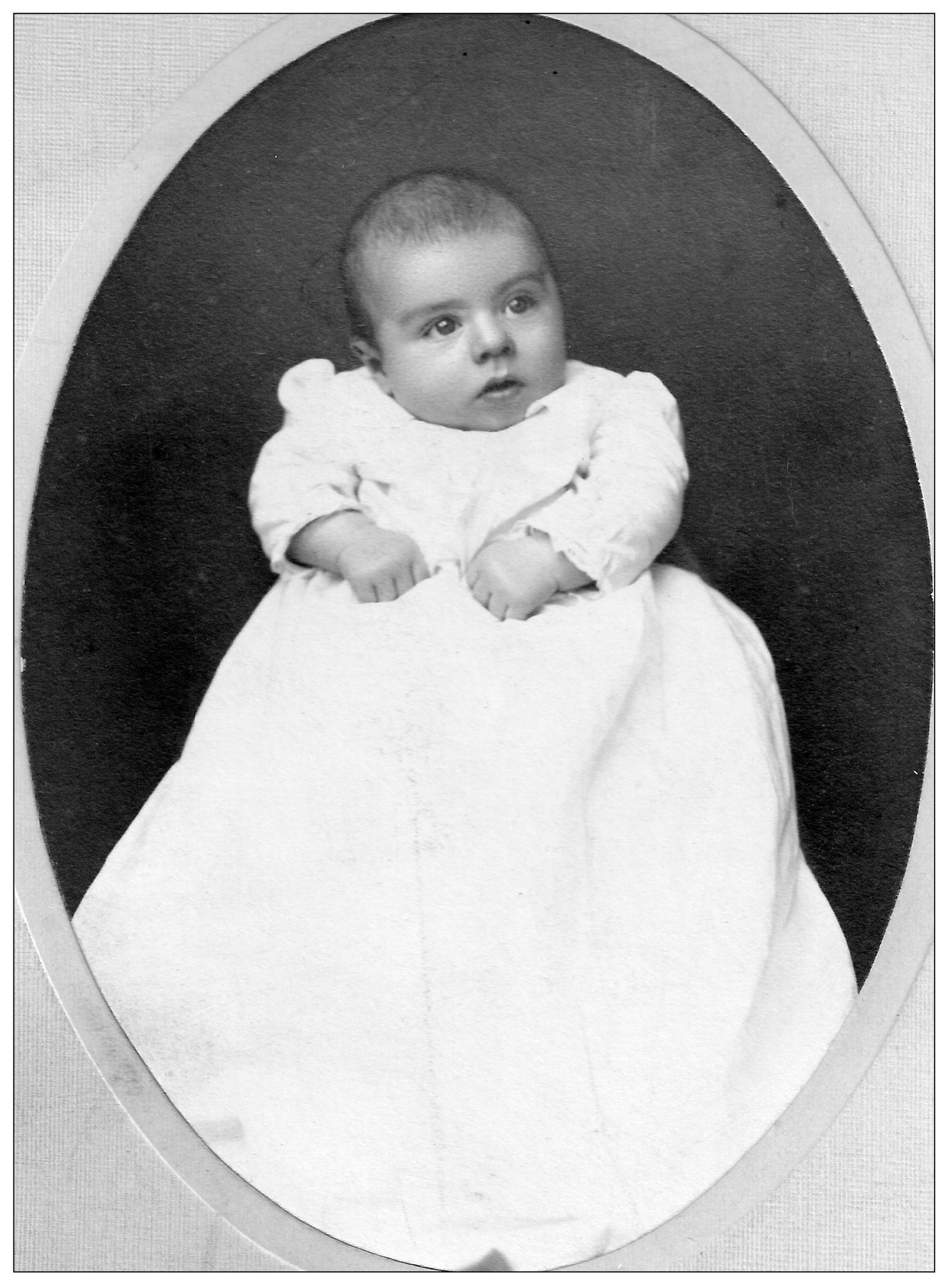
This is Jake and Stella Biermacher’s baby Ted. His sister and brother-in-law eventually built another house nearby in 1925. Years later, his daughter, who contributed much to Fairview Park Historical Society, lived in a house around the corner from the original Biermacher homestead, on what is now West 210th Street. For many years, these two houses were the only houses on West 210th Street between Mastick and Lorain Roads. (Fairview Park Historical Society.)
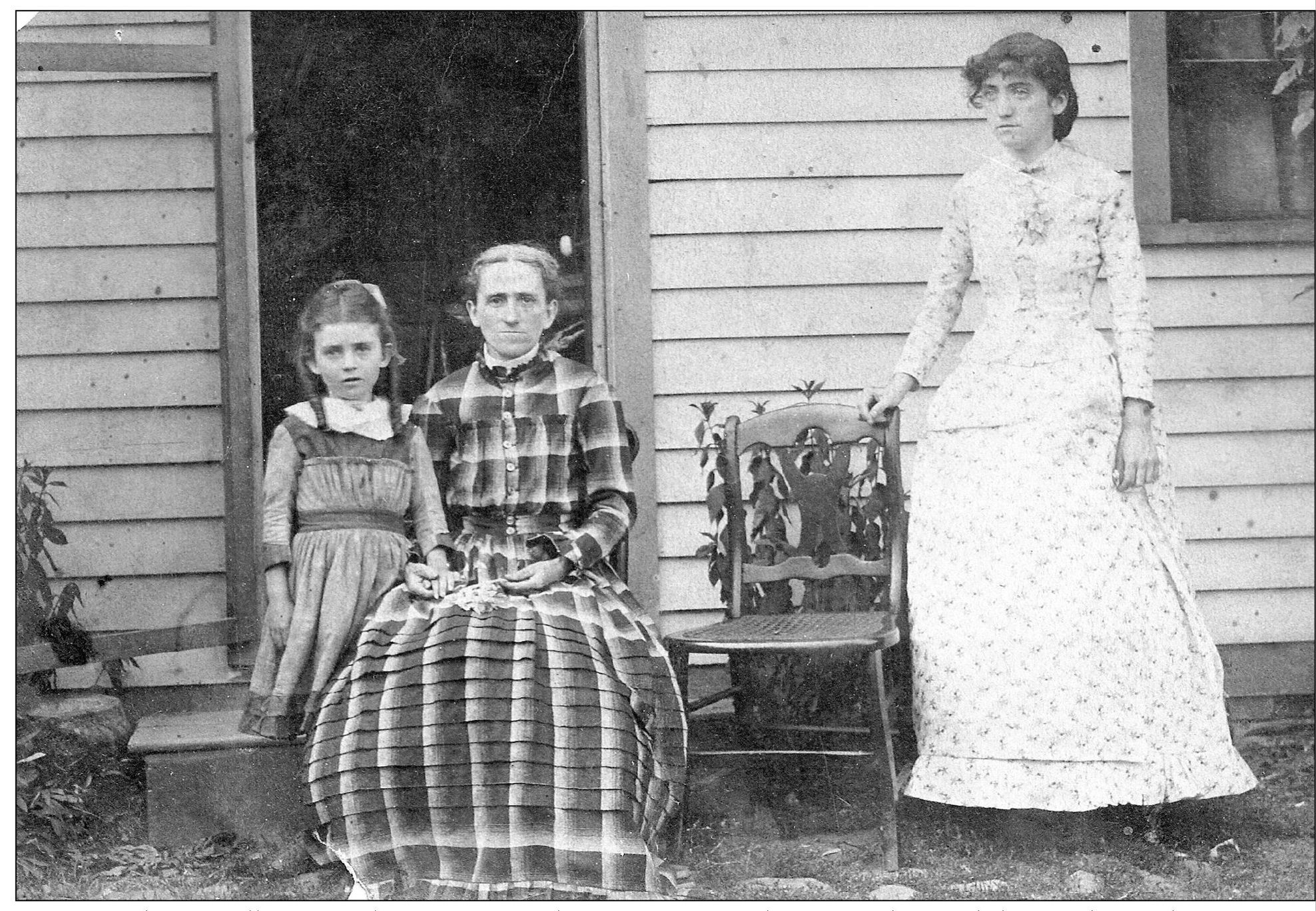
This is Stella Brown, left, a few years before marrying Jake Biermacher, with her mother and older sister Louella. A note on the photograph says the mother made the dresses they wore. (Fairview Park Historical Society.)
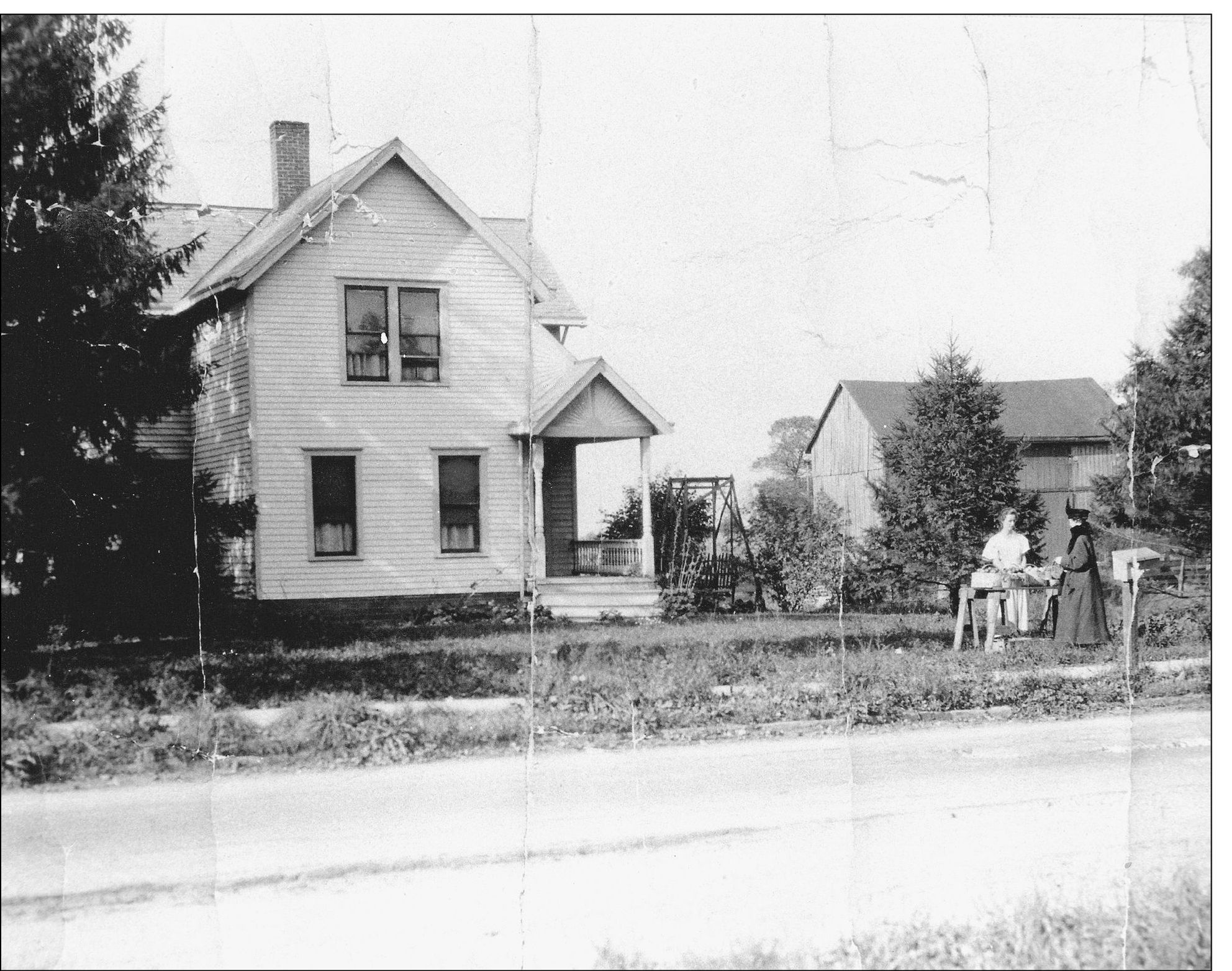
This is the Spencer home at the northeast corner of West 222nd Street and Lorain Road in 1919. It eventually became the site for an Arthur Treacher’s Fish and Chips and later Nate’s Restaurant. The name Spencer comes up often in early Rockport history. The family’s original property in 1830 stretched from Morton Avenue north to Westwood Avenue and from West 219th Street to West 226th Street. The farm at West 220th Street and Lorain Road was called Spencer’s Corner and even served as a post office before rural free delivery. The Spencer property was part of the Underground Railroad. (Fairview Park Historical Society.)
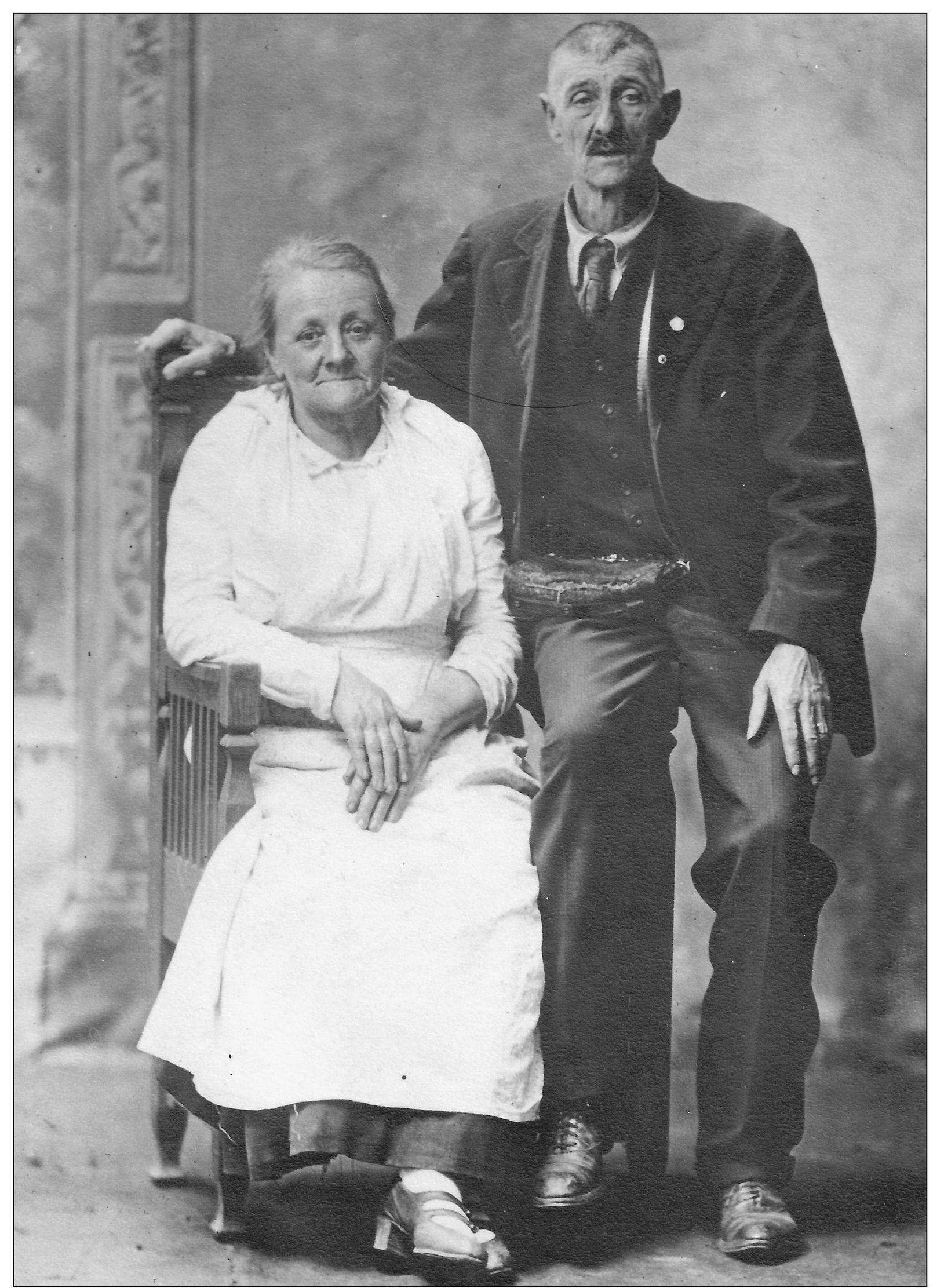
Leonard and Lillian Jordan lived and farmed at 18971 Lorain Road. The note on the back of this picture said they had worked all day at the West Side Market and were very tired, but they stopped at a studio near the market to pose for this portrait to send to their son serving in World War I. (Fairview Park Historical Society.)
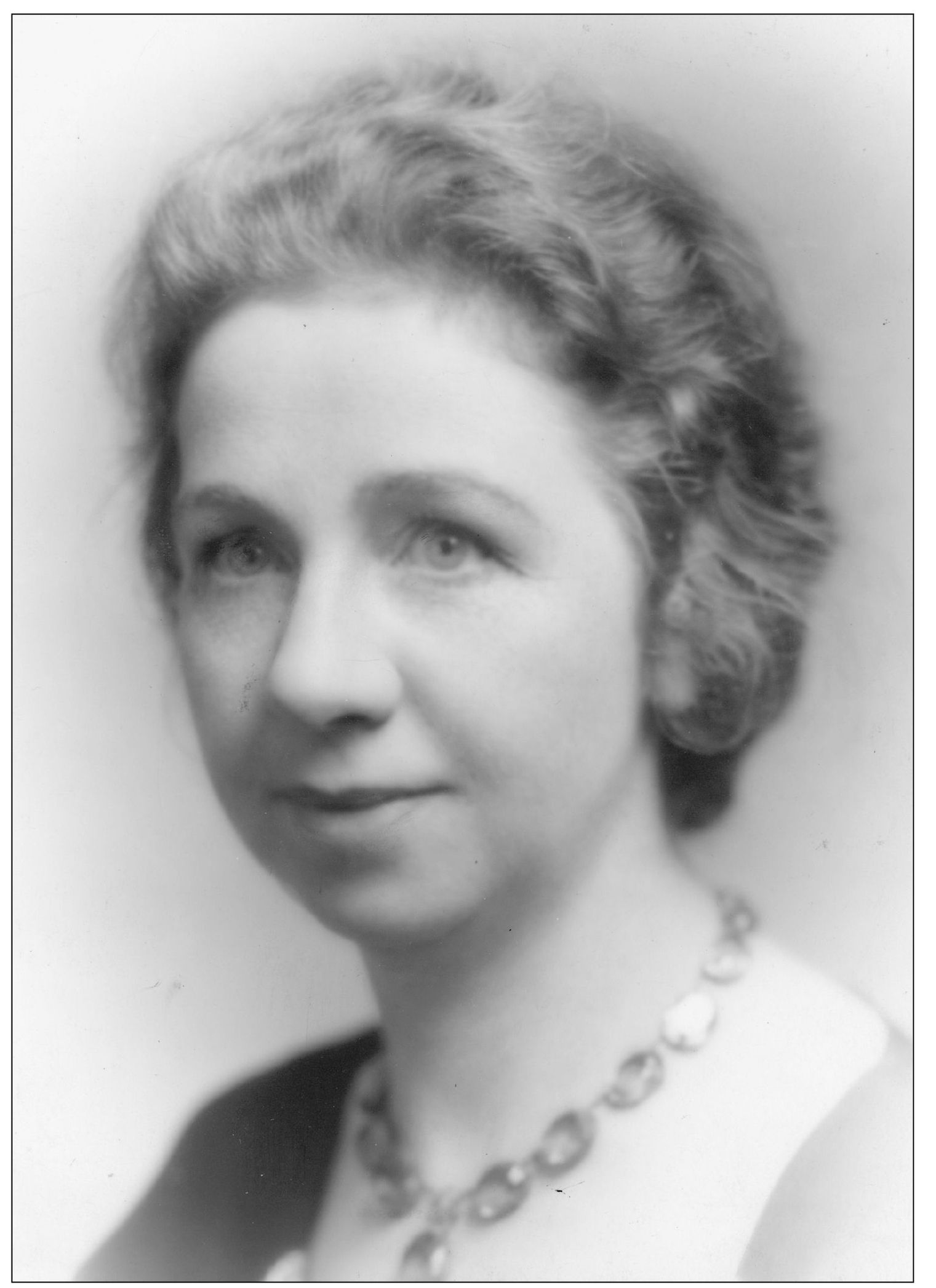
In Josephine Saxer Irwin’s 94 years, she certainly had an impact. The fact that she was the first woman on the Fairview Park City Council from 1958 to 1962 certainly shows some real drive. In 1914, about 10 years before this photograph, she rode a horse on the downtown Cleveland Public Square in support of women’s suffrage, leading 7,000 women in front of 200,000 spectators. Women could finally vote in 1920. Suffrage was not only a struggle in a male-dominated society, but other women were hesitant. “I despaired until the arrival of my grandchildren’s generation,” she said in her later years. (Cleveland Press Archives, Cleveland State University.)
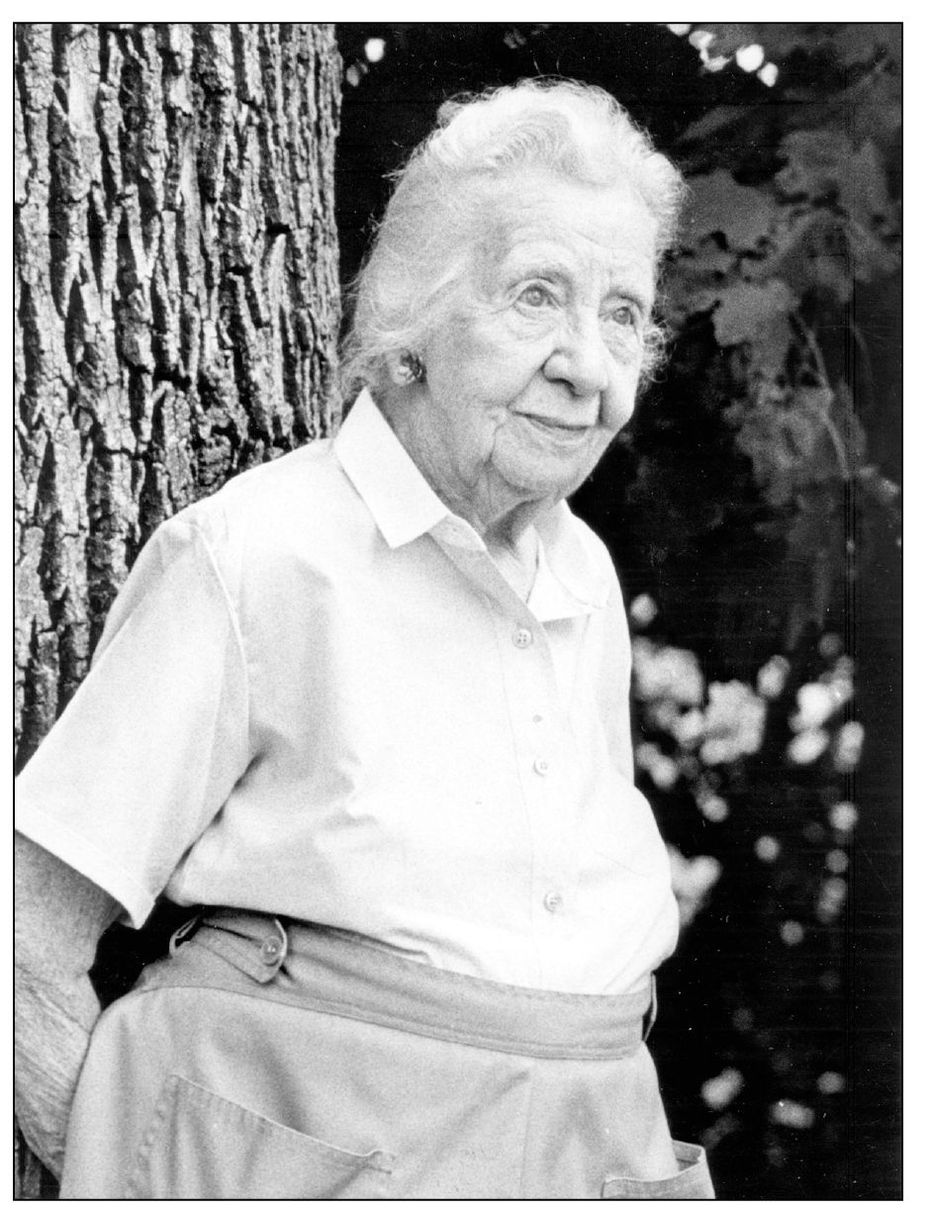
In her elder years, Irwin tried to get the Equal Rights Amendment passed, observing, “Now legislation is the only way for equality. Demonstrations have little effect.” She was a schoolteacher for a few years before marrying an engineer in 1919 and raising a family, but she clearly was never just another housewife. President of Fairview Park Historical Society from 1971 to 1974, she died in 1984 and is buried in Fairview Park Cemetery. (Cleveland Press Archives, Cleveland State University.)

The 1957 city council poses in front of the Bain Cabin mural. Mayor James A. Dunson is in the center and Irwin is the only woman. (Fairview Park Historical Society.)
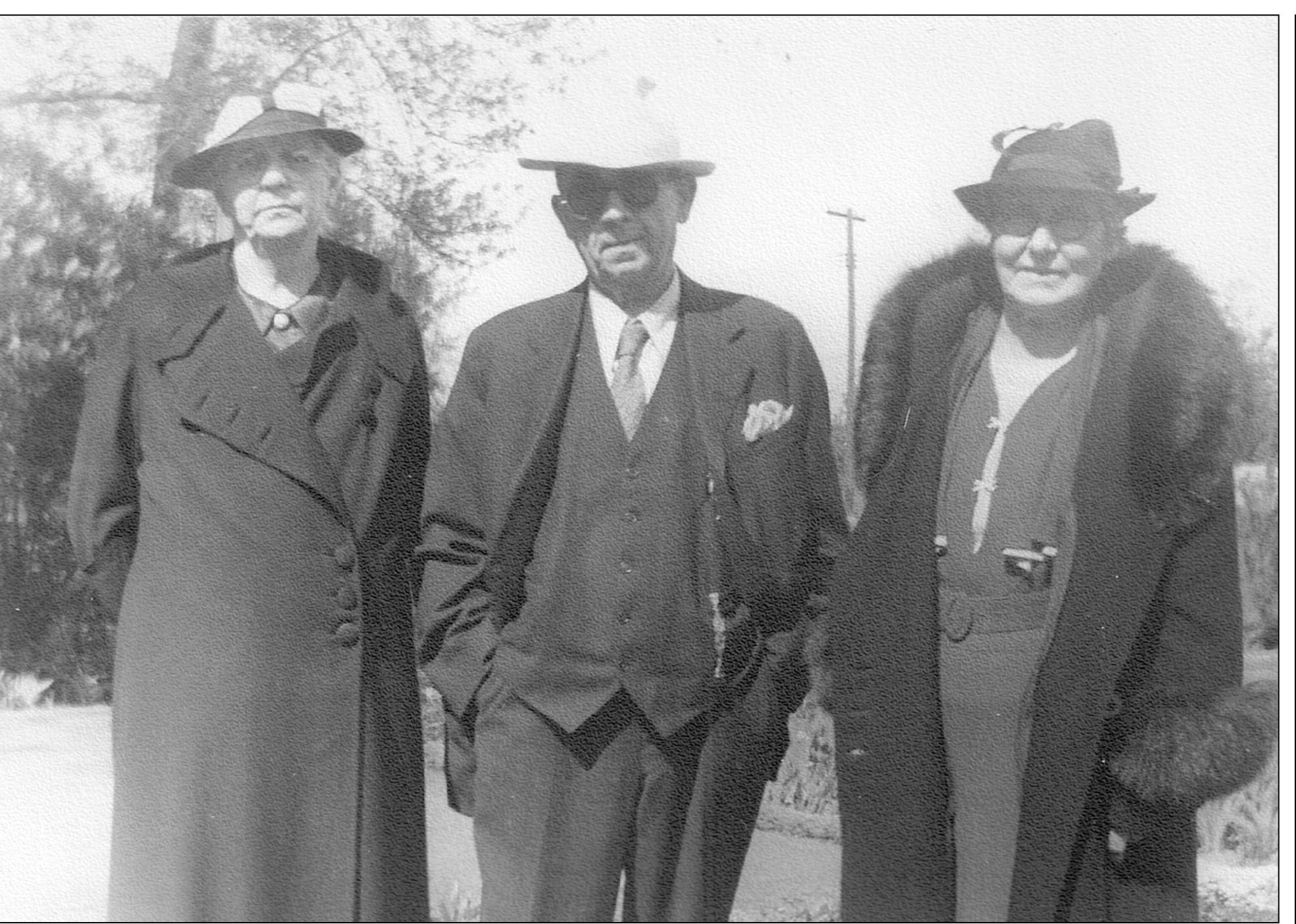
John Baumgardner was one of the early grocers in Fairview Village, building the house on the opposite page with a store in front in 1925. He ran the store with his daughter Verna, on the right, who continued to run it after he died. One of his two sons, J. Orrie, was fire chief from 1944 to 1973 and continued to live in the house after retirement. (Fairview Park Historical Society.)
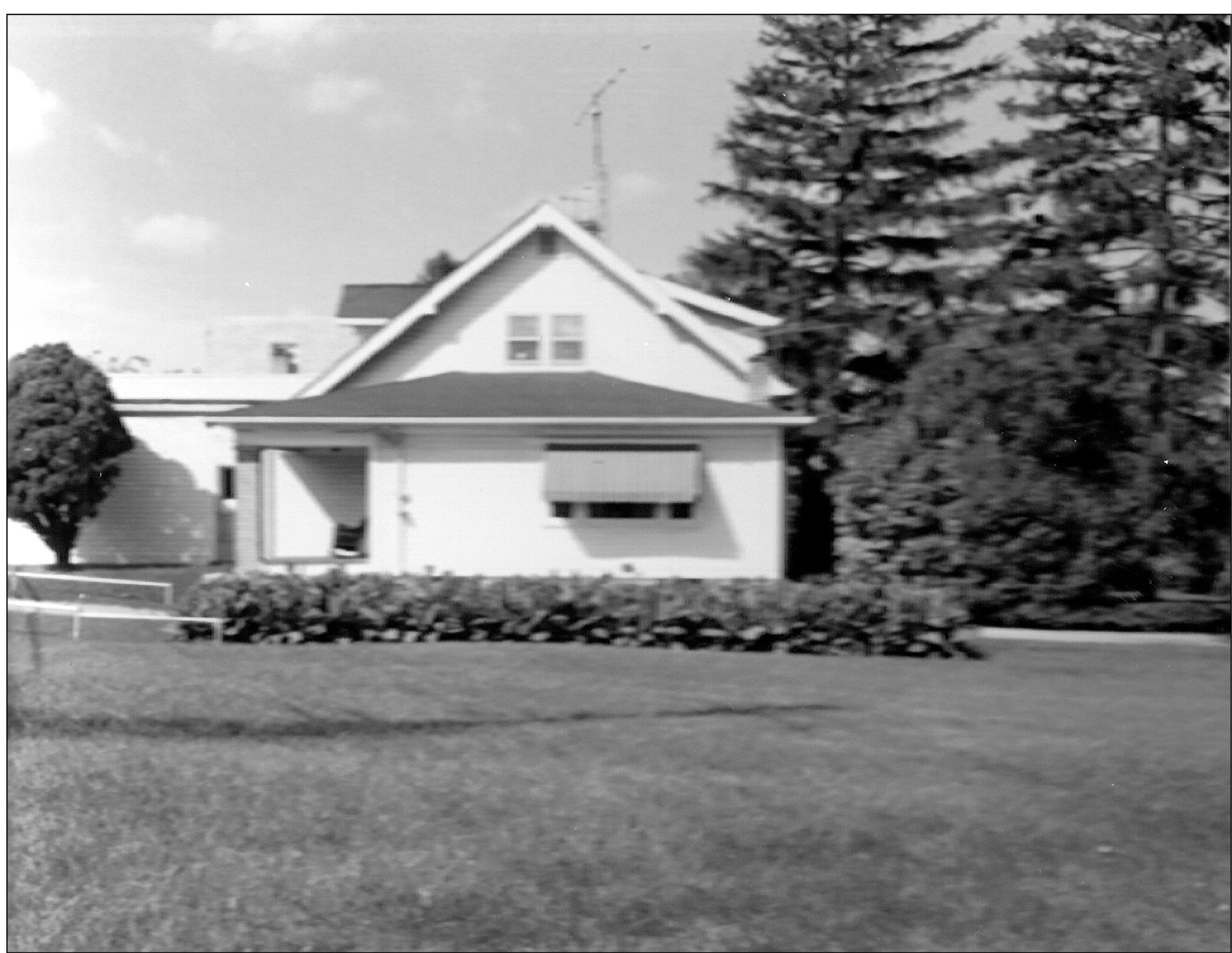
This house is on busy Lorain Road. Long a home to the Baumgardner family, the front used to house their grocery store as well as Cam Tait’s meat market. After retired fire chief J. Orrie Baumgardner passed away, it was converted into a resale shop, supporting the American Cancer Society. The lawn was replaced by a small parking lot. (Fairview Park Historical Society.)
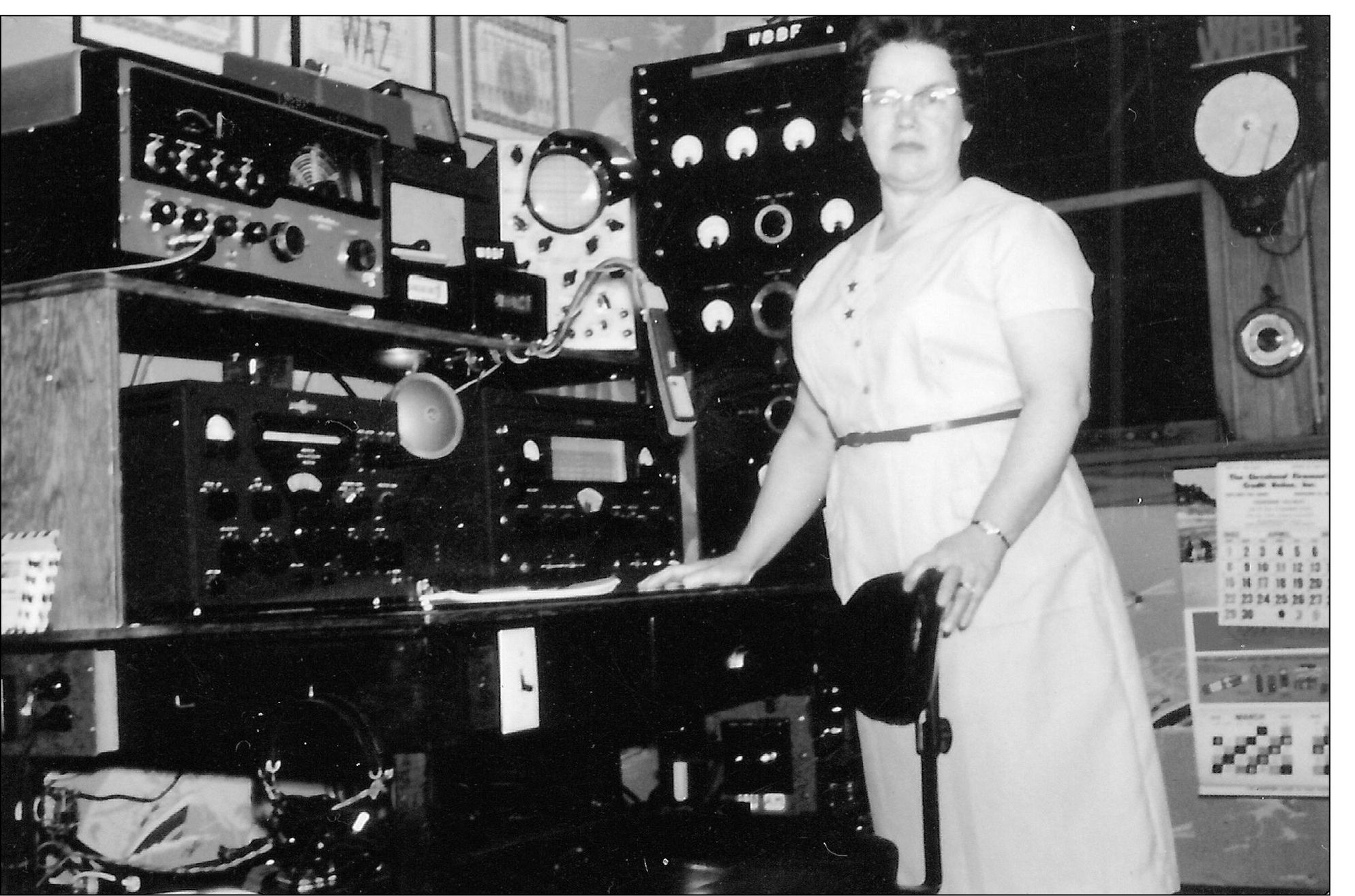
Both fire chief J. Orrie Baumgardner and his wife, Dorothy, were ham radio operators. In addition to enjoying it as a hobby, he helped many people contact family members during World War II and other disasters. (Fairview Park Historical Society.)